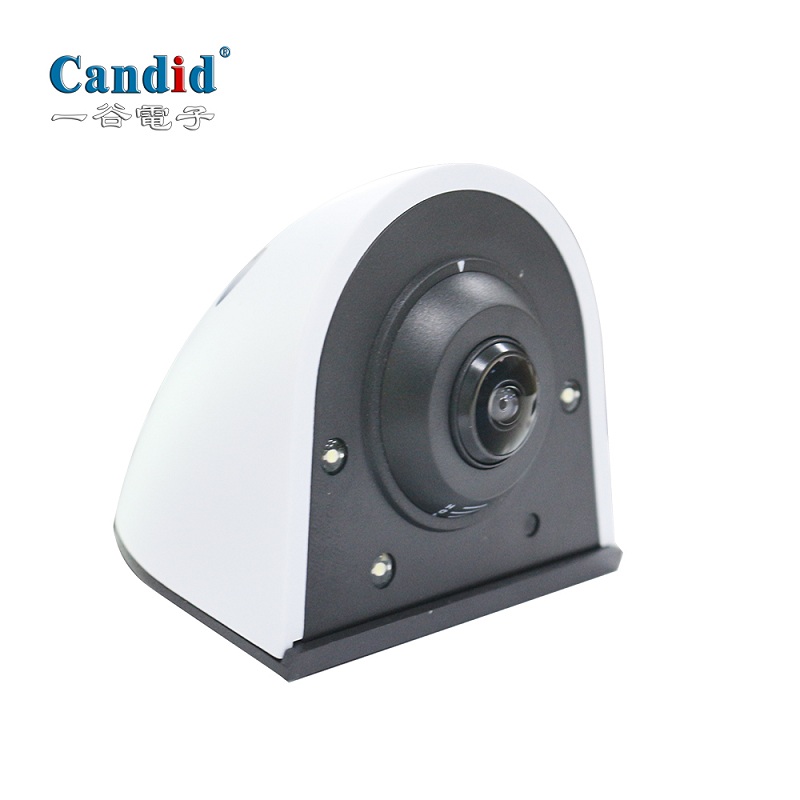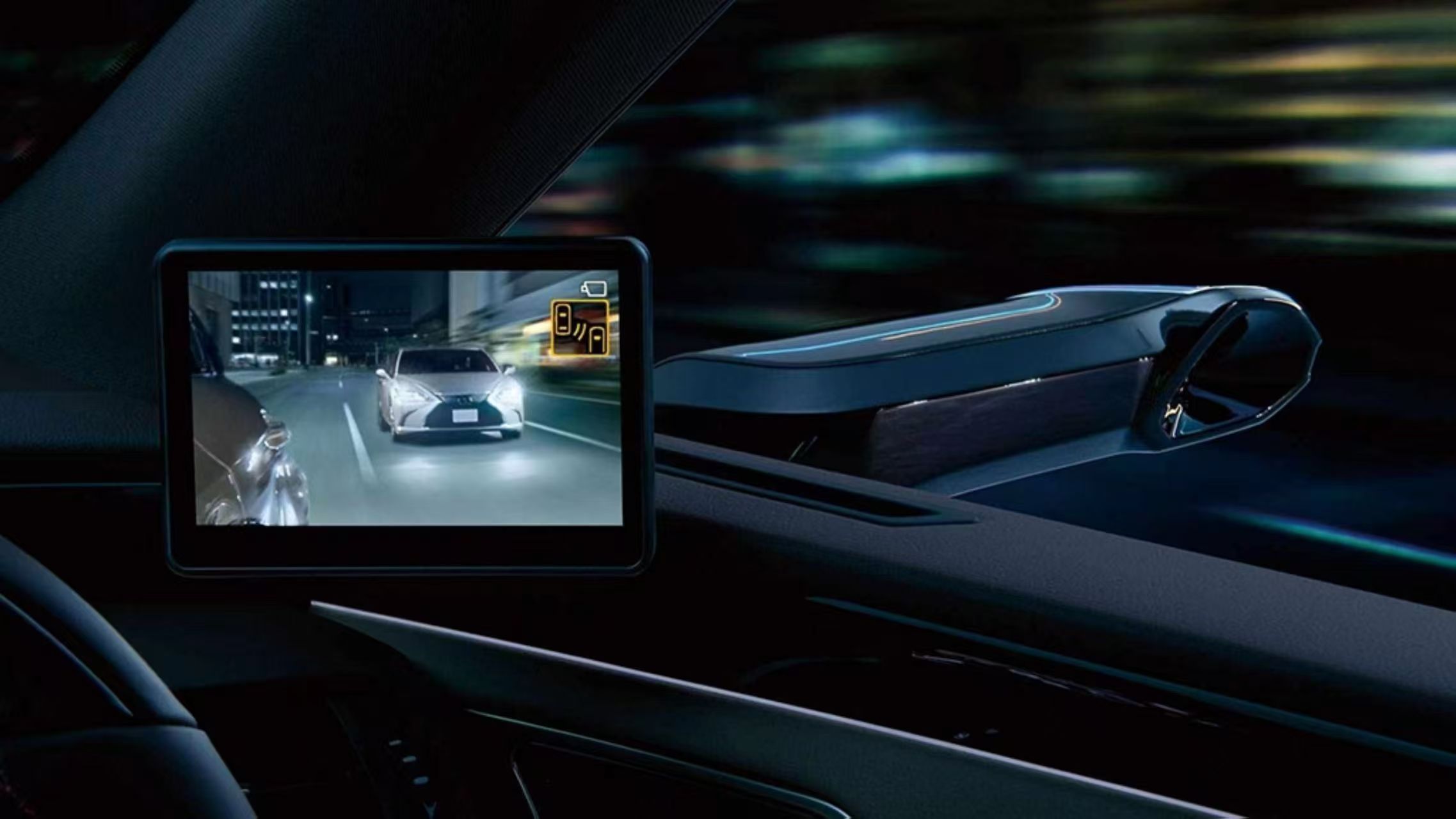
Camera installation process
Camera installation process
1. The wire used for surveillance cameras should have a rated voltage greater than the working voltage of the circuit; the insulation of the wire should conform to the installation method of the circuit and the environmental conditions for laying. The cross-sectional area of the wire should be able to meet the requirements of power supply and mechanical strength.
2. When wiring, try to avoid wires with joints. Except for the indispensable joints, the joints of the camera must be crimped or welded, and the wire connections and branches should not be subjected to mechanical forces. The wires running in the pipe should not have connectors under any circumstances. If necessary, put the connectors on the probe terminal of the junction box as much as possible.
3. The wiring should be installed horizontally or vertically in the building. The wiring should be protected by sleeves (plastic or iron pipes, optional according to the technical requirements of indoor piping), and metal hoses can be used for the ceiling wiring, but they need to be fixed and beautiful.
4. The signal line cannot be parallel to the high-power power line, let alone run in the same tube. If due to environmental constraints, the wires should be routed in parallel, and the distance should be more than 50cm.
5. The AC power supply of the alarm control box should be routed separately. The camera should not be placed in the same tube with the signal line and low-voltage DC power line. The installation of the AC power line should comply with electrical installation standards.
6. The wiring from the alarm control box to the ceiling is required to be managed inside the wall or protected by iron pipes to improve the anti-destructive performance of the anti-theft system.
7. Conduit wiring has two types: open and hidden. The piping of the camera is required to be horizontal and vertical, neat and beautiful.
1. The wire used for surveillance cameras should have a rated voltage greater than the working voltage of the circuit; the insulation of the wire should conform to the installation method of the circuit and the environmental conditions for laying. The cross-sectional area of the wire should be able to meet the requirements of power supply and mechanical strength.
2. When wiring, try to avoid wires with joints. Except for the indispensable joints, the joints of the camera must be crimped or welded, and the wire connections and branches should not be subjected to mechanical forces. The wires running in the pipe should not have connectors under any circumstances. If necessary, put the connectors on the probe terminal of the junction box as much as possible.
3. The wiring should be installed horizontally or vertically in the building. The wiring should be protected by sleeves (plastic or iron pipes, optional according to the technical requirements of indoor piping), and metal hoses can be used for the ceiling wiring, but they need to be fixed and beautiful.
4. The signal line cannot be parallel to the high-power power line, let alone run in the same tube. If due to environmental constraints, the wires should be routed in parallel, and the distance should be more than 50cm.
5. The AC power supply of the alarm control box should be routed separately. The camera should not be placed in the same tube with the signal line and low-voltage DC power line. The installation of the AC power line should comply with electrical installation standards.
6. The wiring from the alarm control box to the ceiling is required to be managed inside the wall or protected by iron pipes to improve the anti-destructive performance of the anti-theft system.
7. Conduit wiring has two types: open and hidden. The piping of the camera is required to be horizontal and vertical, neat and beautiful.




